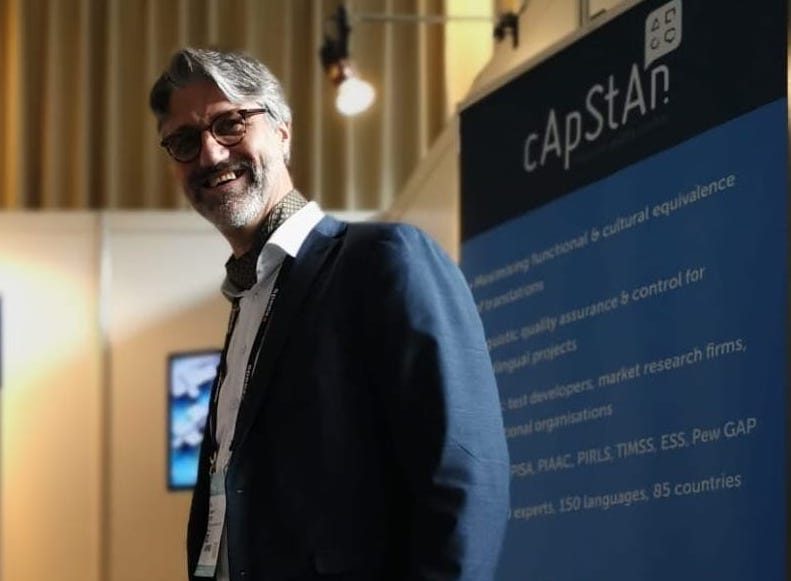Language service providers rethink their business models to avoid being left behind the day machine translation output will have become a standard component of all localisation workflows. Which is now. While cApStAn does need to continuously streamline, upgrade and fine-tune, no overhaul is called for: almost 20 years ago, we kick-started cApStAn as a linguistic quality control agency—yes, that’s right, our twentieth birthday will be celebrated in May 2020—and partial automation of linguistic quality evaluation has been our bread and butter ever since. Sure, we do need to adapt the taxonomy of errors: machine translation does not produce the same type of errors as human translators do, and we need to catch both types. No professional translator would suggest to translate “Vancouver, B.C.” as “Vancouver, Av. J.-Chr.” (Vancouver, Before Christ). Conversely, machine translation engines don’t have problems with consistency like human translators tend to have. For cApStAn, the advent of machine translation is a colossal opportunity.
As we entered 2019, we knew that three different International Large-Scale Assessments (ILSAs) would put our coordination skills to the test, and we had braced ourselves for the OECD/PIAAC, OECD/PISA and IEA/PIRLS translation verification campaigns. Together, the cApStAn core teams on both sides of the Atlantic coordinated the verification of over 30 million words of assessment materials. For PIAAC Cycle 2 (33 participating countries) and PISA2021 (96 participating countries and economies), we provided style guides, translation memories from previous cycles and technical support to a heterogeneous mix of professional and non-professional translators: In 2019, all PISA and PIAAC national centres used the same free and open source computer-assisted translation tool, OmegaT, which we had customized for this purpose. We were impressed by the collaborative spirit, the willingness to learn and to report issues we found in those very diverse teams. They are all friends by now.
I would like to point out that cApStAn also devoted time to other pursuits than maximising cross-linguistic, cross-national and cross-cultural comparability in ILSAs. Thanks to our more diversified client base and special focus on new services—such as training seminars and webinars for content authors or translation technology consultancy—we pulled off no less than a 30% year-on-year growth from 2018 to 2019 (compared to a 12% growth from 2017 to 2018). The Philadelphia and Brussels teams have achieved this collectively, and I am humbled by the dedication, the savvy and the perseverance I have seen on display week after week, even when technical setbacks tried to fool us into swallowing our tails like the legendary serpent Ouroboros. What a team! You are flying the cApStAn flag real high.
We adopted a Belgian enterprise resource planning (ERP) suite called Odoo and, after 8 months of preparation, and we are going live, well, today. All the business intelligence will be in one place and we shall be able to put the scalability of cApStAn’s processes to the test. The resources invested in R&D will increase considerably in 2020, and that is good news, because we shall have the time and opportunity to put our heads together and harness the combined power of mature translation technology and process engineering. We have set ourselves a very ambitious goal for 2020, but no one here seems intimidated. Quite on the contrary: cApStAn’s “excellence among friends” is like a tidal power station. So dependable.
